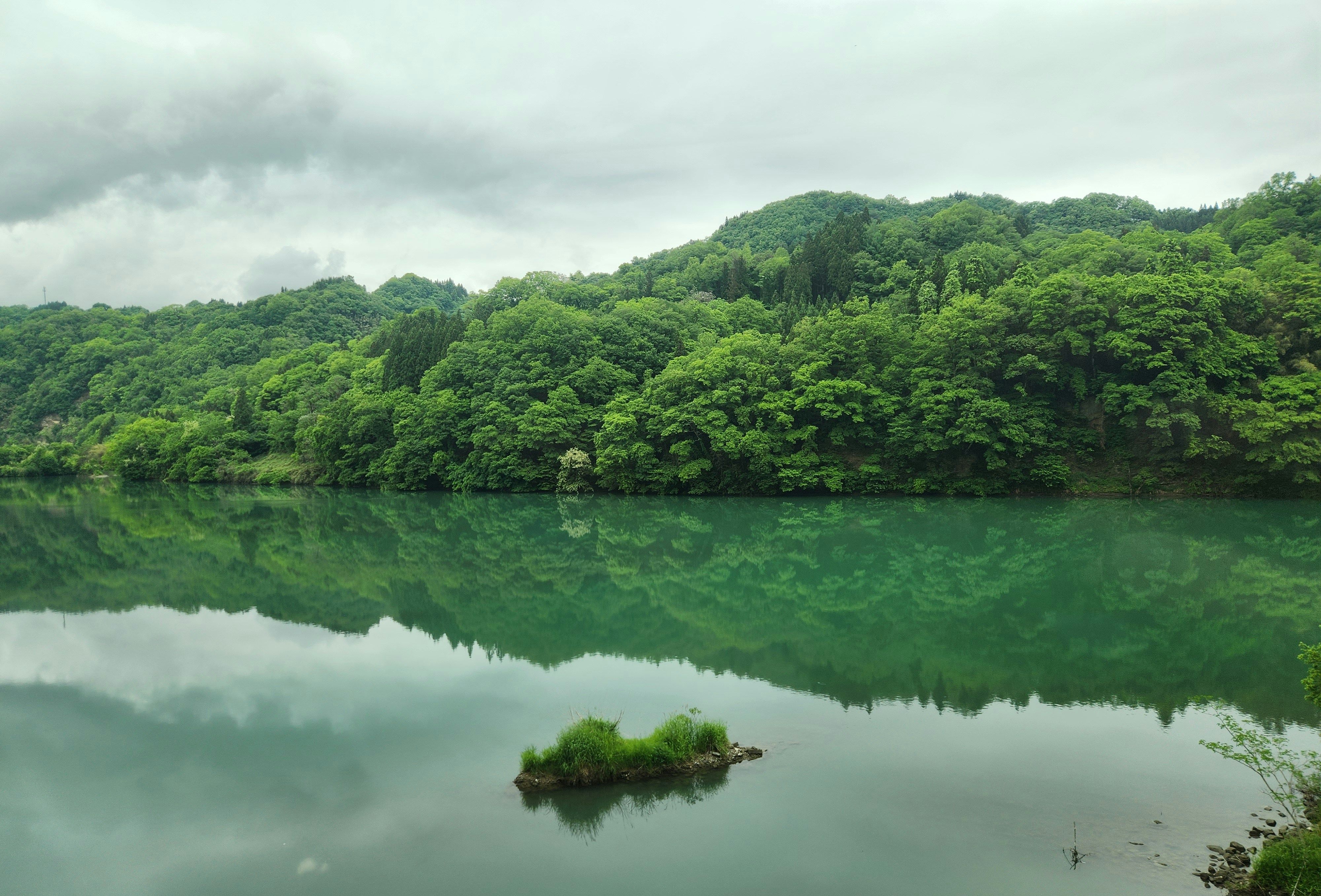Adventure and Outdoor Leadership Camps in Hakuba and Tokushima
Author
Shun
Date Published

Japan’s diverse geography offers some of the most dynamic environments in Asia for outdoor leadership programs. Hakuba, a premier alpine region in Nagano, provides a structured network of certified operators for mountaineering, rope access, and avalanche safety drills. Tokushima, on Shikoku Island, is built around the Yoshino River basin, a national training site for water-based team development and environmental education. These areas enable planners to combine physical challenge, environmental immersion, and team dynamics within a fully regulated safety framework.
Running such programs in Japan requires an understanding of both operational safety codes and local cultural expectations. Japanese outdoor events emphasize group cohesion and respect for the environment as much as physical endurance. This guide provides a complete blueprint from safety compliance to contingency logistics, helping organizers run fully compliant experiential retreats that strengthen leadership and collaboration.

Safety Protocols and Instructor Standards
Japan enforces strict technical and environmental safety oversight in outdoor programming. Every climbing, trekking, or rafting event must be supervised by instructors certified by bodies such as the Japan Mountain Guides Association or the Japan Outdoor Leadership School (JOLS). These organizations require annual renewal of safety credentials, CPR training, and insurance coverage verification.
Local fire departments and police often inspect leadership camps before approval, especially in Hakuba’s alpine zones. Organizers must submit a Safety Management Plan known as Anzen Keikaku listing route coordinates, weather thresholds, emergency shelters, and designated response leads. Participant orientation is mandatory, and it typically includes behavioral codes such as no littering, controlled noise levels, and group movement discipline.
Mini Checklist
• Hire instructors certified in mountaineering or river rescue recognized by national associations
• Submit a written Safety Management Plan to local authorities before arrival
• Keep bilingual communication cards with emergency contacts in every group pack
• Conduct a rescue simulation drill before starting the main activity
Clause Example:
The Organizer shall employ certified outdoor instructors and maintain compliance with local authority safety requirements, including documented risk assessment and emergency protocols.
Safety documentation is often reviewed by the Nagano Prefectural Disaster Prevention Office or Tokushima’s Regional River Safety Division, making advance submission critical for event approval.

Permit Applications and Environmental Compliance
Outdoor programs in Japan intersect with national park systems, forestry zones, and private lands, requiring multi-tiered authorization. In Hakuba, permits are obtained through the Chubu Mountain Park Office for trekking routes and via the Nagano Environmental Bureau for any campsite within protected vegetation areas. In Tokushima, rafting and canyoning operators must file route declarations with the Yoshinogawa River Office and sometimes notify the Coastal Fisheries Bureau if crossing aquatic ecosystems.
Many prefectures also require an Environmental Impact Outline describing how the event will minimize erosion, waste, and wildlife disturbance. Even drone photography must be approved under the Civil Aeronautics Act if flights exceed 150 meters.
Mini Checklist
• File environmental and activity permits four to six weeks before operation
• Include waste minimization and trail restoration commitments in applications
• Obtain separate filming approval if aerial footage is planned
• Coordinate with local conservation NPOs for site stewardship activities
Clause Example:
The Organizer shall obtain all relevant permits from environmental and municipal authorities and adhere to the protection standards governing the designated outdoor area.
Integrating a volunteer cleanup or conservation hour strengthens community ties and enhances the event’s corporate responsibility profile.
-1.jpg)
Gear Logistics and Local Vendor Coordination
Managing equipment in mountainous or riverine zones requires coordination between certified rental vendors and transport providers. Hakuba’s Evergreen Outdoor Center and Tokushima’s Adventure Base Yoshino supply pre-inspected harnesses, helmets, and life jackets that comply with the Japan Industrial Safety Standard (JIS T8150).
For multi-day programs, logistics should include staging zones for gear checks, drying areas for water sports equipment, and night storage compliant with fire safety standards. Many municipalities restrict fuel storage, so generator use or cooking setups must follow local fire codes.
Mini Checklist
• Verify that all protective gear has JIS or equivalent certification labels
• Conduct a pre-departure equipment audit with instructors present
• Prepare contingency stock for gear loss or malfunction
• Arrange dedicated drying and inspection zones for post-activity maintenance
Clause Example:
The Organizer shall ensure that all safety and operational gear meets certified safety standards and that logistical procedures prevent misuse, loss, or equipment failure.
Having a local gear vendor on standby allows quick replacements and prevents disruption from equipment damage due to weather or terrain.

Weather Contingency and Schedule Adaptation
Japan’s outdoor programs are subject to strict weather monitoring because of rapid atmospheric changes in mountainous and coastal regions. Hakuba experiences sudden snowfall or fog even in spring, while Tokushima’s valleys can flood quickly during rain systems. Organizers must monitor weather advisories from the Japan Meteorological Agency and have a pre-approved decision threshold for postponement.
Programs should include tiered activity plans such as switching from high elevation hiking to riverbank leadership exercises or indoor problem-solving sessions during severe weather. Venues like Hakuba Goryu Alpine Center and Mino Cultural Hall in Tokushima are commonly used fallback sites.
Mini Checklist
• Assign a designated weather officer responsible for real-time updates
• Maintain communication with local JMA branches and fire departments
• Include indoor learning or leadership modules as alternates
• Ensure that insurance policies explicitly cover weather-based cancellations
Clause Example:
The Organizer shall prepare a detailed weather response framework outlining threshold alerts, alternate activity plans, and participant communication channels.
These contingency layers not only preserve safety but also ensure the leadership objectives remain continuous even if physical activities must pause.
FAQs
1. Are permits required for all outdoor activities?
Yes. Activities on public lands, national parks, or waterways require separate permits and environmental declarations.
2. How many instructors are needed per group?
At least one certified instructor for every ten participants, as per the Japan Outdoor Safety Association standard.
3. Can international teams bring their own equipment?
Yes, provided all imported gear meets Japanese safety standards or passes on-site inspection by local authorities.
4. Are corporate CSR elements encouraged?
Yes, many prefectures encourage combining outdoor leadership with local environmental contributions such as trail cleaning or forest workshops.
5. What is the best time to host camps in Hakuba and Tokushima?
Between May and October, avoiding the rainy season in June and the peak typhoon window in early September.
Conclusion
Adventure and outdoor leadership camps in Hakuba and Tokushima combine Japan’s precision and natural beauty to deliver high-impact programs that strengthen teamwork, discipline, and adaptability. When organized under strict safety, permit, and environmental standards, these retreats showcase a balance of challenge and respect for nature.
By collaborating with certified guides, complying with local authorities, and preparing layered contingency plans, organizers can ensure each experience remains both inspiring and compliant. Connect with us to access bilingual permit templates, JIS gear checklists, and operational safety plans for outdoor leadership programs across Japan.